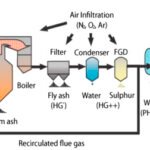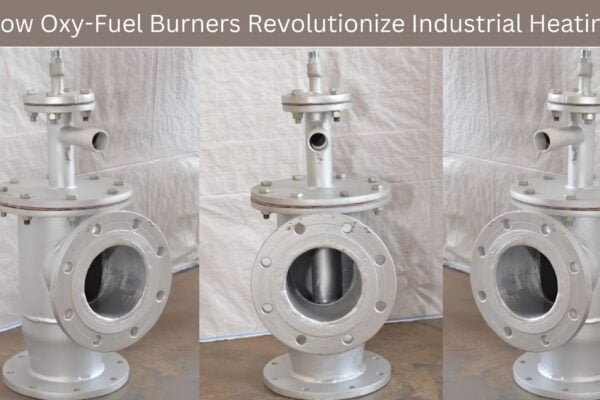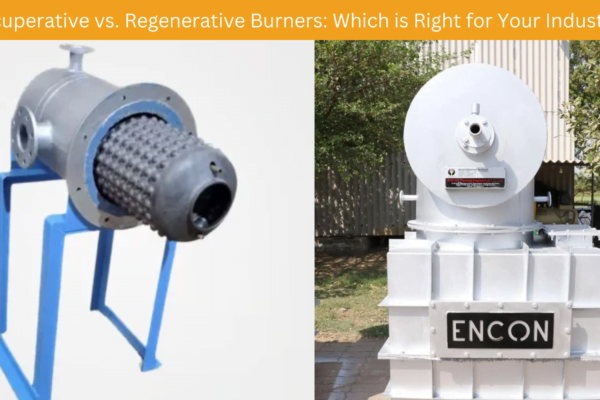Industrial ovens are essential equipment used in various manufacturing and production processes. They are designed to perform various tasks such as curing, drying, annealing, and tempering. Industrial ovens come in different types, each with unique features and capabilities. This article will explore the different types of industrial ovens available in the market, their features, advantages, and disadvantages.
Batch Oven
A batch oven is a type of industrial oven that is designed to process a single batch of products at a time. The oven has a single door, and the products are loaded onto a cart or rack and pushed into the oven. The oven is then heated to the desired temperature, and the products are allowed to cure or dry before being removed.
One of the advantages of a batch oven is its versatility; it can be used for a wide range of products, from small parts to large equipment. Additionally, batch ovens are easy to operate and maintain, making them an ideal choice for small and medium-sized businesses.
However, one of the disadvantages of a batch oven is its limited capacity; it can only process a single batch of products at a time. Additionally, batch ovens take longer to heat up and cool down, making them less energy-efficient than other types of ovens.
Conveyor Oven
A conveyor oven is a type of industrial oven that uses a conveyor belt to move products through the oven. The oven is designed to process products continuously, with a constant flow of products moving through the oven.
One of the advantages of a conveyor oven is its high throughput capacity; it can process large volumes of products continuously. Additionally, conveyor ovens are more energy-efficient than batch ovens, as they require less time to heat up and cool down.
However, one of the disadvantages of a conveyor oven is its higher cost compared to batch ovens. Additionally, conveyor ovens require more space to operate, as they are larger in size than batch ovens.
Cabinet Oven
A cabinet oven is a type of industrial oven that is designed to process small to medium-sized products. The oven has a single door and is designed to be operated manually. Cabinet ovens are commonly used in the electronics, aerospace, and automotive industries.
One of the advantages of a cabinet oven is its small footprint; it can be easily installed in small spaces. Additionally, cabinet ovens are easy to operate and maintain, making them an ideal choice for small businesses.
However, one of the disadvantages of a cabinet oven is its limited capacity; it can only process small to medium-sized products. Additionally, cabinet ovens take longer to heat up and cool down, making them less energy-efficient than other types of ovens.
Infrared Oven
An infrared oven is a type of industrial oven that uses infrared radiation to heat products. Infrared ovens are commonly used in the food industry to cook and bake products quickly and evenly.
One of the advantages of an infrared oven is its speed; it can cook products in a fraction of the time it takes a conventional or convection oven. Additionally, infrared ovens are more energy-efficient than other types of ovens, as they use less energy to cook products.
However, one of the disadvantages of an infrared oven is its limited functionality; it can only be used to cook and bake certain types of products. Additionally, infrared ovens require a specific type of product to be cooked, as the radiation can only penetrate certain materials.
Vacuum Oven
A vacuum oven is a type of industrial oven that is designed to remove moisture from products by applying a vacuum to the oven. Vacuum ovens are commonly used in the pharmaceutical and aerospace industries to dry and cure products.
One of the advantages of a vacuum oven is its ability to remove moisture from products quickly and efficiently. Additionally, vacuum ovens are ideal for products that are sensitive to heat or have low boiling points, as the vacuum allows the product to dry at lower temperatures.
However, one of the disadvantages of a vacuum oven is its limited capacity; it can only process a small number of products at a time. Additionally, vacuum ovens are more expensive than other types of ovens, as they require additional equipment such as a vacuum pump.
Powder Coating Oven
A powder-coating oven is a type of industrial oven that is designed to cure and dry powder-coated products. Powder-coating ovens are commonly used in the automotive, aerospace, and furniture industries.
One of the advantages of a powder coating oven is its ability to provide a durable finish on products. Additionally, powder-coating ovens are more energy-efficient than other types of ovens, as they use less energy to cure products.
However, one of the disadvantages of a powder-coating oven is its limited functionality; it can only be used to cure and dry powder-coated products. Additionally, powder-coating ovens require specific types of powder-coating materials to be used.
Tunnel Oven
A tunnel oven is a type of industrial oven that uses a conveyor belt to move products through the oven. The oven is designed to process products continuously, with a constant flow of products moving through the oven.
One of the advantages of a tunnel oven is its high throughput capacity; it can process large volumes of products continuously. Additionally, tunnel ovens are more energy-efficient than batch ovens, as they require less time to heat up and cool down.
However, one of the disadvantages of a tunnel oven is its higher cost compared to batch ovens. Additionally, tunnel ovens require more space to operate, as they are larger in size than batch ovens.
Conclusion
In conclusion, industrial ovens are essential equipment used in various manufacturing and production processes. They come in different types, each with unique features and capabilities. The type of industrial oven chosen depends on the specific needs of the business, such as the type of products being processed, the throughput required, and the available space and budget.
Batch ovens are versatile and easy to operate, making them an ideal choice for small and medium-sized businesses. Conveyor ovens are ideal for processing large volumes of products continuously and are more energy-efficient than batch ovens. Cabinet ovens are small in size and easy to operate, making them an ideal choice for small businesses. Infrared ovens are fast and energy-efficient but have limited functionality. Vacuum ovens are ideal for drying and curing sensitive products, but are more expensive and have limited capacity. Powder coating ovens provide a durable finish on products but have limited functionality. Tunnel ovens are ideal for processing large volumes of products continuously, but are more expensive and require more space to operate.
Overall, the type of industrial oven chosen depends on the specific needs of the business and the products being processed. It is important to consider the advantages and disadvantages of each type of oven before making a decision.







Maharith Thermal
February 15, 2024Thanks Puneet, for explaining different types of Industrial Oven in your blog post. Industrial oven is a vital equipment used in various industries for production and manufacturing.